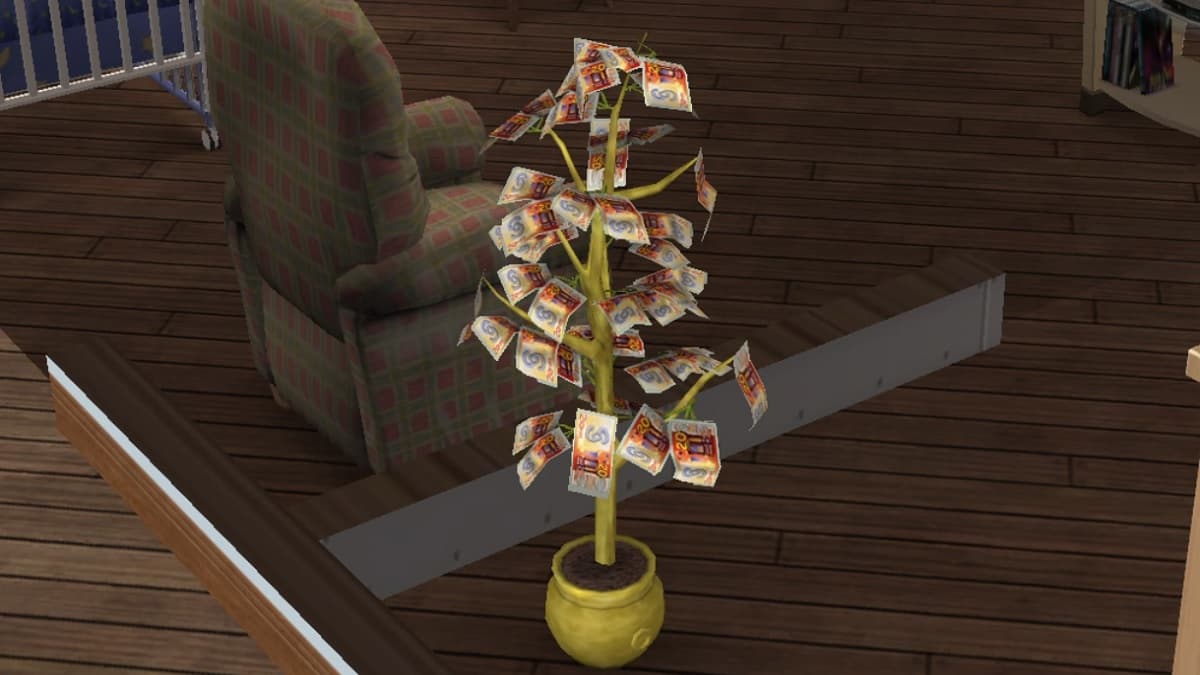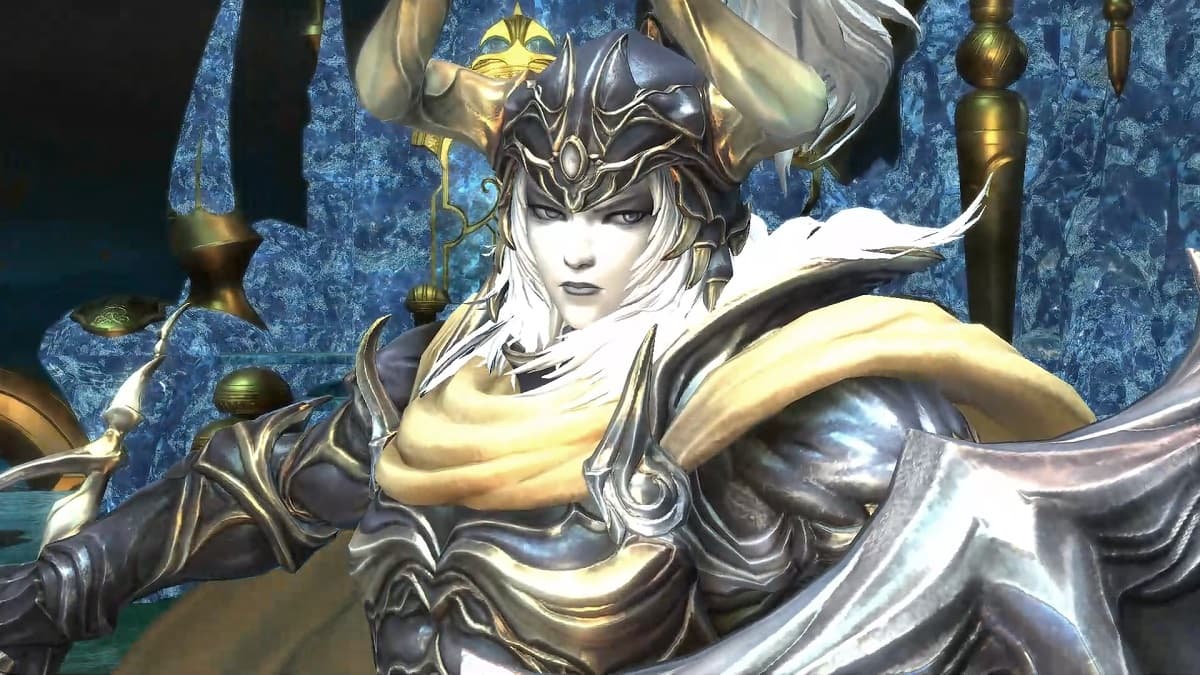Having just come back from PAX East, I ran into a question I wanted to spend some time discussing today. However, as it is my first post on this site I would like to take some time to introduce myself. I am Stratman, a lifelong board and video gamer. I am largely a PC player, love indie games, and have actually designed and published two board games. I have thoughts on games all the time, so I figured I would post some on this site. If people like this I will post some more.
Anyway, back to the topic at hand…
Why make a story into a game?
While I was at PAX East I ran into a game called Journal. It is an indie game about a young girl dealing with her personal demons while living a normal life in modern society. Throughout the demo the player talks to various characters and experiences the world in which the girl lives. There are no puzzles to be solved, no monsters to be killed, only talking and atmosphere building. So my question is: why was this a game, and not an animated movie or a digital graphic novel?
I firmly believe that Journal and its peers are in fact games simply because a game is the best way to approach the subject they want to discuss, as games have many storytelling strengths over other mediums, a few of which I will touch on here, but first, a bit of justification.
The value of point and click adventures
I was raised as a PC gamer in the 90s, and as such my background consists largely of very story heavy point and click adventures such as The Longest Journey or Grim Fandango. These games are both very story focused, allowing characters and narrative take the forefront while the puzzle sections, the “game” aspect of the game faded into the background.
These games were not only defined as “games” by the general gaming public, but were and still are considered some of the best we have ever put out. In addition, both of these games work because they are games, a movie of April Ryan would not be as satisfying as the game version, because games are better than any other medium at bringing you, the player, into the story, making your actions have weight they can’t have in a medium that isn’t interactive. Even in a linear game, the act of making a character commit an action is the highway to empathy, and creates emotion, fueling the plot. As such, there is a basis for calling these games games, and not “Interactive Fiction”. (My disdain for that term is a topic for another day.)
The Path: An example of storytelling excellence
As an example I would like to use one of my favorite games of all time. The Path by Tale of Tales is a horror game from 2009 based on the story of Little Red Riding Hood.
The player selects one of 6 girls to go into the forest with the instructions “Go to Grandmother’s House, and stay on The Path”. However, the player is free to wander off the path into the dark forest and interact with the various objects to be found there. In addition, there is a wolf waiting for each girl, and if the player interacts with them they will get a different house that is more of a psychological hellscape.
The game has no challenges. There are no enemies besides the wolf, and they will stay in one spot until the player decides to interact with them. In addition, there are no puzzles to be solved and no exploration trophies beyond having seen everything the character can interact with. In short, there was none of the traditional ways in which games test a player, and in fact it was entirely without obstacles.
Why (and when) games trump books and movies
The reason The Path works better as a game over if it were a movie or a book however is entirely in responsibility. Simply put, the player is responsible for the fates of the girls in their control and they know that. The game told them to stay on the path and they disobeyed. By the end they were actively seeking out the wolf so that misfortune could befall the girl because that is the only way to “win”. This cognitive leap is unique to games. In a movie or a book, your brain can take a step back and blame the author or society; but in a game there is the niggling doubt in the player’s mind that says it is all their fault, so it hits the player harder. It is this same feeling of responsibility that makes Spec Ops: The Line, Heavy Rain, Silent Hill 2, and so many other games function, and it makes game the best system for delivering some narratives, regardless of if they have complex or difficult mechanics and challenges.
The role of free will
Another element that other mediums don’t have is that they can control a player’s free will. Games are, as a rule, a very free medium. Since the days of Gauntlet, players have usually been able to freely wander around the world, and often find their own through often similar approach. This amount of freedom is very nice, and makes the player feel in control of the situation (see The Stanley Parable for a great example of this being used against the player). This also allows the developers to pull the players free will away to add importance to a scene or to a story moment.
The Path uses this with its house sequences, showing the demons of the girls to the player without letting them look away. The sections were on rails, and the player was not allowed to slow down as the horrible things appeared in front of them. This contrasted with the very free and slow paced time spent in the forest wandering around looking at things, and as such gave the segments added tension and fear, as the player was denied their previous ability to look away when the game got too dark. This is seen quite a bit in games recently, again in Spec Ops‘ infamous scene. The option of moving around the battlefield is removed in favor of a screen you can’t remove until the section is over. This element is also unique to gaming, and is fantastic for horror or any story that needs a specific moment to be singled out.
Pacing and Guilt are best when dual-wielded
With these two elements being seen in gaming, the fact that a game will make it seem like it is all the player’s fault, as well as the fact that games can remove free will to show powerlessness and add emphasis to a scene, something like The Path or Journal work much better as games than as any other kind of media. They rely on the pacing and guilt that a game can provide, and allow us to create games that really get into a players head, keeping them up for days in a way a movie just can’t.
I hope you enjoyed my little diatribe, feel free to comment, critique, call me out, or do anything else. Hopefully I will be back soon with more.
Happy Hunting.









Published: Mar 27, 2013 02:00 am